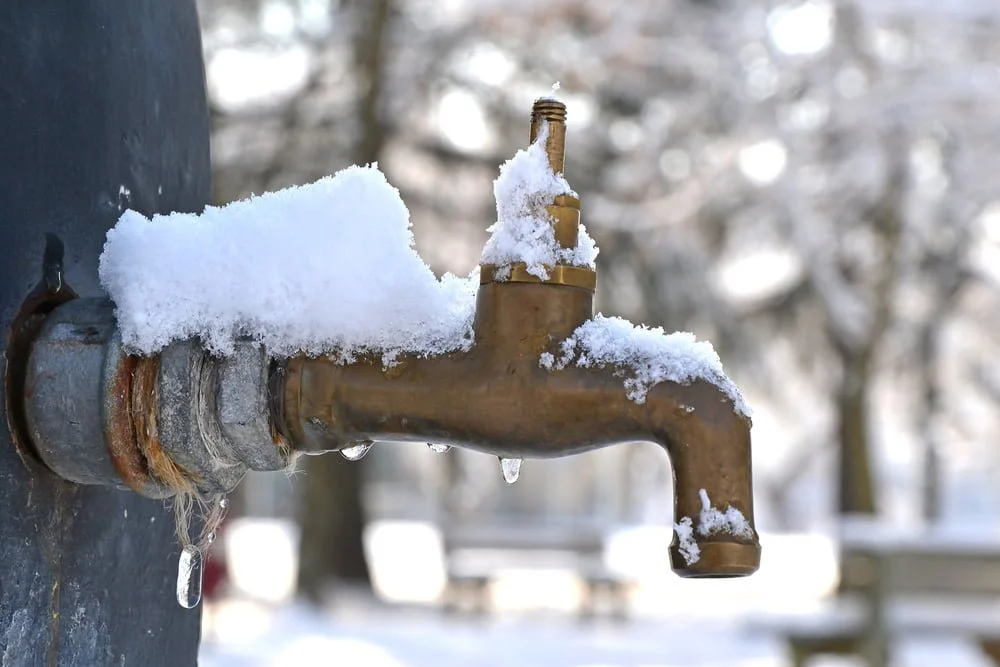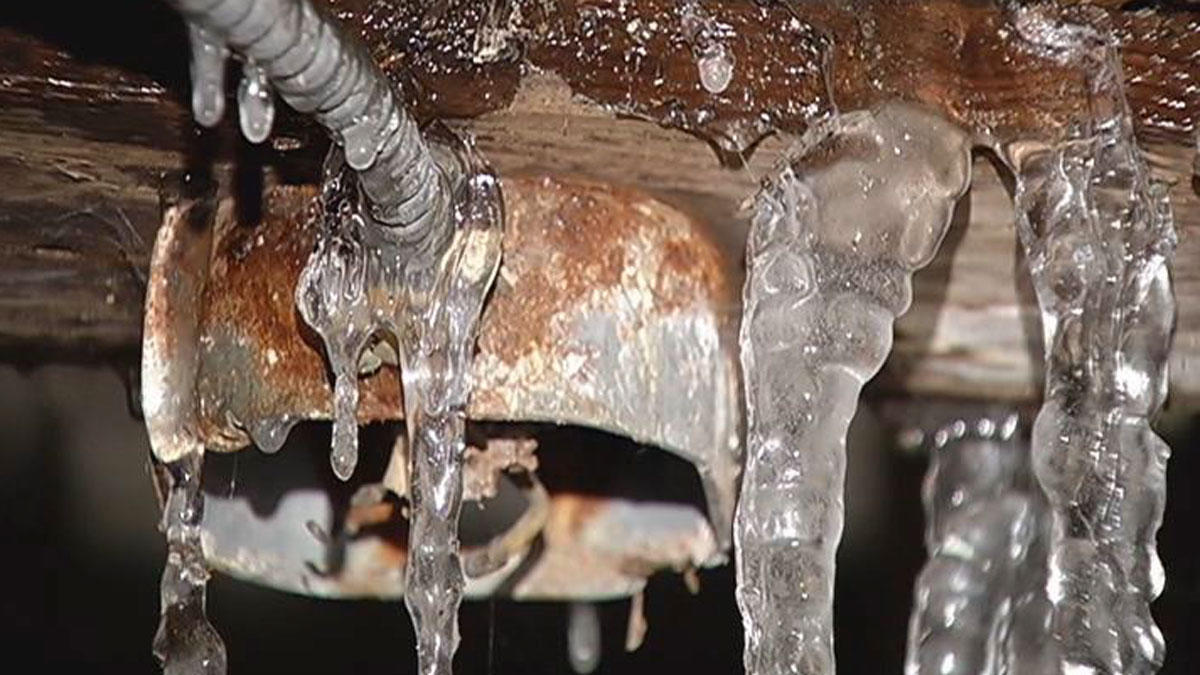Safeguarding Your Pipes from Cold Weather Issues: Key Approaches
Safeguarding Your Pipes from Cold Weather Issues: Key Approaches
Blog Article
This great article below about Winter Plumbing Precautions: Preventing Frozen Pipes is extremely interesting. Read it for your own benefit and see what you think of it.

Winter can damage your plumbing, especially by freezing pipes. Here's how to stop it from occurring and what to do if it does.
Introduction
As temperatures decline, the danger of frozen pipelines increases, potentially resulting in costly repair work and water damages. Understanding just how to avoid frozen pipelines is essential for homeowners in cool climates.
Comprehending Frozen Pipes
What triggers pipes to freeze?
Pipes freeze when exposed to temperature levels below 32 ° F (0 ° C) for expanded periods. As water inside the pipes ices up, it expands, putting pressure on the pipeline wall surfaces and potentially triggering them to break.
Risks and damages
Icy pipelines can lead to water system disruptions, residential property damages, and expensive repair work. Burst pipes can flood homes and trigger substantial architectural damage.
Indications of Frozen Water Lines
Determining frozen pipes early can prevent them from bursting.
How to recognize icy pipes
Search for decreased water circulation from faucets, uncommon smells or noises from pipelines, and visible frost on revealed pipelines.
Prevention Tips
Insulating vulnerable pipelines
Wrap pipes in insulation sleeves or use warmth tape to secure them from freezing temperatures. Focus on pipes in unheated or external locations of the home.
Heating techniques
Maintain indoor areas effectively warmed, specifically locations with plumbing. Open cupboard doors to allow cozy air to distribute around pipes under sinks.
Safeguarding Outdoor Pipes
Garden tubes and outside taps
Separate and drain garden pipes prior to winter. Install frost-proof spigots or cover outside taps with shielded caps.
What to Do If Your Pipelines Freeze
Immediate activities to take
If you believe icy pipelines, maintain taps open up to ease stress as the ice melts. Utilize a hairdryer or towels soaked in hot water to thaw pipes gradually.
Long-Term Solutions
Architectural modifications
Think about rerouting pipes away from outside wall surfaces or unheated areas. Add added insulation to attic rooms, basements, and crawl spaces.
Upgrading insulation
Buy top notch insulation for pipes, attics, and wall surfaces. Proper insulation aids preserve regular temperature levels and lowers the threat of icy pipes.
Verdict
Protecting against icy pipelines needs proactive procedures and quick feedbacks. By recognizing the reasons, signs, and safety nets, home owners can shield their pipes during cold weather.
5 Ways to Prevent Frozen Pipes
Drain Outdoor Faucets and Disconnect Hoses
First, close the shut-off valve that controls the flow of water in the pipe to your outdoor faucet. Then, head outside to disconnect and drain your hose and open the outdoor faucet to allow the water to completely drain out of the line. Turn off the faucet when done. Finally, head back to the shut-off valve and drain the remaining water inside the pipe into a bucket or container. Additionally, if you have a home irrigation system, you should consider hiring an expert to clear the system of water each year.
Insulate Pipes
One of the best and most cost-effective methods for preventing frozen water pipes is to wrap your pipes with insulation. This is especially important for areas in your home that aren’t exposed to heat, such as an attic. We suggest using foam sleeves, which can typically be found at your local hardware store.
Keep Heat Running at 65
Your pipes are located inside your walls, and the temperature there is much colder than the rest of the house. To prevent your pipes from freezing, The Insurance Information Institute suggests that you keep your home heated to at least 65 degrees, even when traveling. You may want to invest in smart devices that can keep an eye on the temperature in your home while you’re away.
Leave Water Dripping
Moving water — even a small trickle — can prevent ice from forming inside your pipes. When freezing temps are imminent, start a drip of water from all faucets that serve exposed pipes. Leaving a few faucets running will also help relieve pressure inside the pipes and help prevent a rupture if the water inside freezes.
Open Cupboard Doors
Warm your kitchen and bathroom pipes by opening cupboards and vanities. You should also leave your interior doors ajar to help warm air circulate evenly throughout your home.

I ran across that post about How to Prevent Your Pipes From Freezing while doing a lookup on the internet. So long as you appreciated our blog posting kindly do not forget to share it. We recognize the value of reading our article about Prevent Frozen Pipes .
Schedule Here Report this page